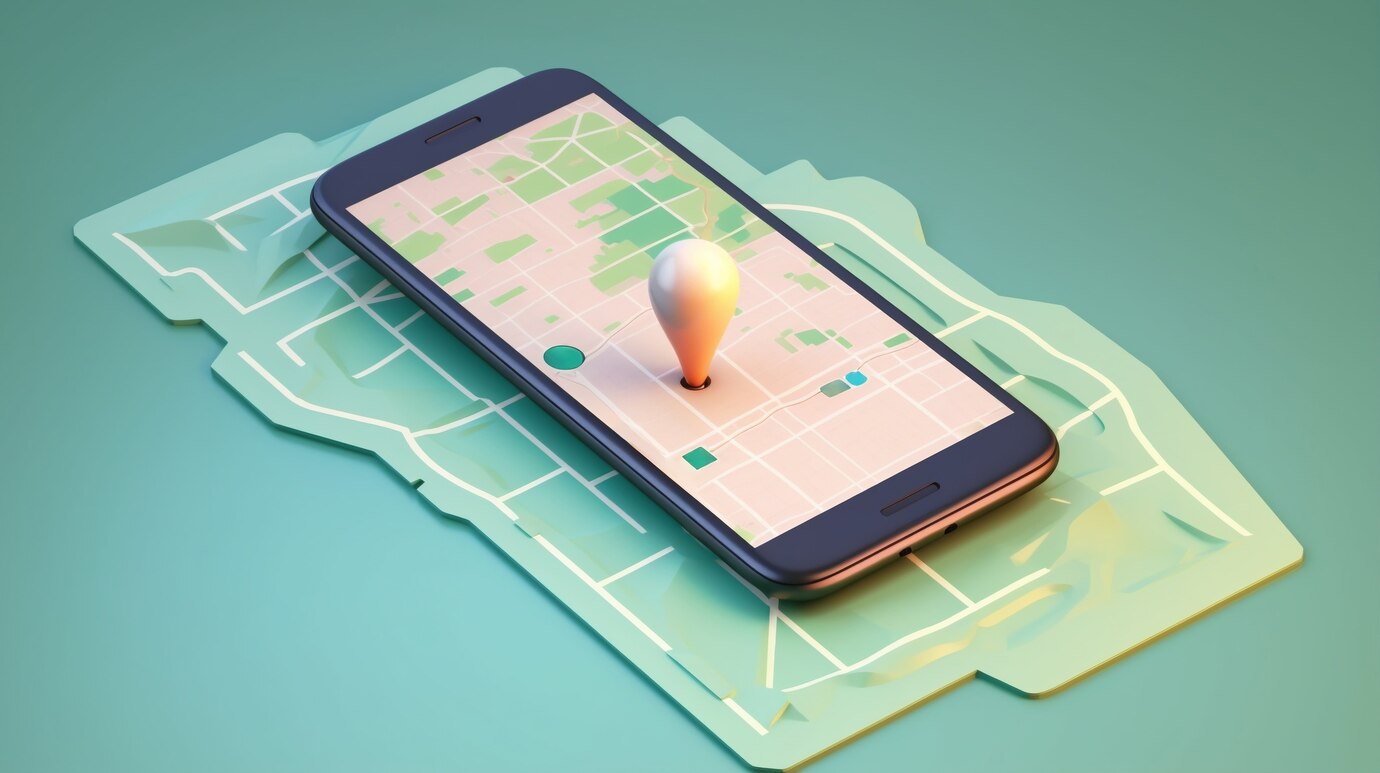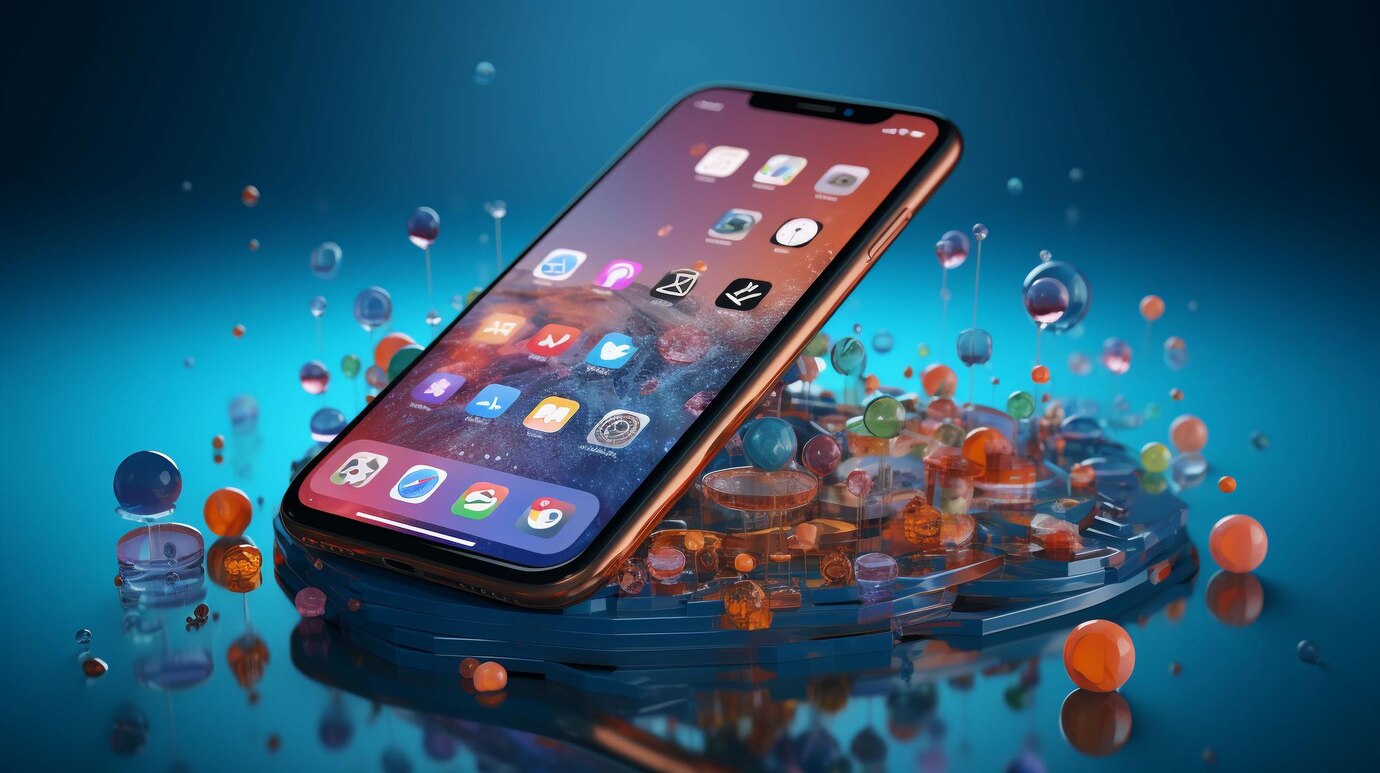How to Integrate GPS and Location Services into Your Mobile App
For mobile app developers, GPS and location services have become indispensable tools in creating user-friendly and functional applications. Whether you're designing a fitness tracker, a navigation app, or an on-demand delivery platform, integrating GPS can greatly enhance user experiences by providing real-time location data and contextually relevant features. Here's a detailed guide to understanding and implementing GPS and location services in your mobile App development process.
Understanding the Importance of GPS and Location Services

Location-based services (LBS) leverage GPS technology to provide users with data based on their geographical location. These services are now a core feature of many apps, driving personalized experiences and seamless interactions. For instance, food delivery apps use location tracking to connect users with nearby restaurants and real-time driver tracking. Fitness apps monitor distance covered and routes, while ride-hailing platforms rely on precise location data for both drivers and passengers.
For mobile app developers, the integration of GPS isn’t just a value addition but often a necessity. The use of geolocation features can significantly improve user engagement, app utility, and retention rates. However, achieving a smooth integration requires a solid understanding of both the technical and user-facing aspects of GPS and location services.
Getting Started with GPS Integration

To begin integrating GPS and location services, developers need to identify the app's functional requirements. Decide whether you need real-time location tracking, geofencing, or location-based notifications. Understanding these requirements will help you choose the right tools and APIs for your project.
The integration process typically involves three steps: accessing the device’s location data, processing this data to derive meaningful insights, and incorporating the processed information into the app’s features. Most modern mobile platforms, including Android and iOS, provide built-in frameworks and APIs to simplify the process.
Integrating GPS in Android Applications

Android app developers can use the Fused Location Provider (FLP) API, part of the Google Play Services, to access GPS data. FLP is preferred due to its accuracy and efficiency in managing power consumption. Developers need to request appropriate permissions, such as ACCESS_FINE_LOCATION or ACCESS_COARSE_LOCATION, in the app’s manifest file. Permissions must also be explicitly granted by the user during runtime, aligning with Android’s privacy policies.
Once permissions are in place, the app can access the user’s location by configuring the LocationRequest object. This object allows developers to specify parameters such as the desired accuracy and update interval. Using the FusedLocationProviderClient, you can retrieve location updates and integrate them into your app’s functionality. Testing and debugging tools, like Android Studio’s Location Simulator, can help refine your implementation.
Adding Location Services to iOS Apps

For iOS developers, Apple’s Core Location framework provides robust tools to access and manage location data. Similar to Android, integrating GPS in an iOS app requires developers to define location-related permissions, such as NSLocationWhenInUseUsageDescription or NSLocationAlwaysUsageDescription, in the app’s Info.plist file. These descriptions inform users about why your app requires access to their location.
The CLLocationManager class in Core Location is central to handling location updates. Developers can configure the desired accuracy using properties like desiredAccuracy and manage power consumption effectively. Core Location also supports advanced features like geofencing, which allows apps to trigger actions when users enter or leave predefined areas. Testing is crucial and can be conducted using Xcode’s Location Simulation capabilities.
Addressing Privacy and Security Concerns

For mobile app developers, respecting user privacy and securing location data is paramount. Always request permissions transparently and only collect data that is essential for your app’s functionality. Implement secure storage and transmission protocols, such as HTTPS, to protect location data from unauthorized access.
Both Android and iOS platforms have strict guidelines for handling location data. Failure to adhere to these guidelines can lead to your app being removed from the app store. Ensure compliance with data protection laws, such as GDPR or CCPA, by providing clear privacy policies and offering users control over their data.
Enhancing Features with Advanced Location-Based Technologies

Once basic GPS functionality is integrated, mobile app developers can explore advanced location-based technologies to enrich user experiences. For example, geofencing can be used in marketing apps to send location-triggered notifications. Beacon technology, which uses Bluetooth Low Energy (BLE), can enhance indoor location tracking. Map integration, using APIs like Google Maps or MapKit, can add interactive visual elements to your app.
Additionally, machine learning algorithms can analyze location data to predict user behavior, enabling hyper-personalized experiences. For example, a fitness app could suggest new running routes based on a user’s past activities.
Testing and Optimization

Thorough testing is crucial to ensure the accuracy and reliability of your GPS and location services. Simulate different scenarios, such as varying network conditions or low GPS signal, to assess your app’s performance. Continuously optimize your app to balance accuracy, battery consumption, and responsiveness. User feedback can provide valuable insights for refining your implementation.
Conclusion

Integrating GPS and location services into mobile apps is a powerful way to create intuitive, context-aware applications. For mobile app developers, this technology opens up a world of possibilities to enhance functionality and user satisfaction. By following best practices for integration, respecting user privacy, and leveraging advanced location-based technologies, developers can craft applications that stand out in a competitive market. Embrace the potential of GPS and location services, and let your app lead the way in delivering innovative solutions.






